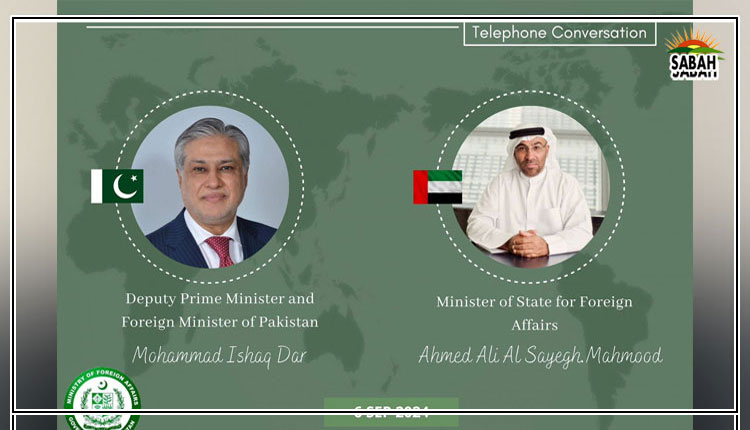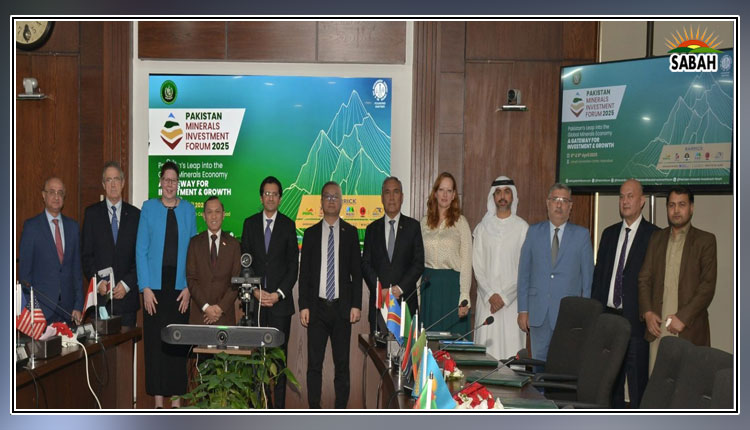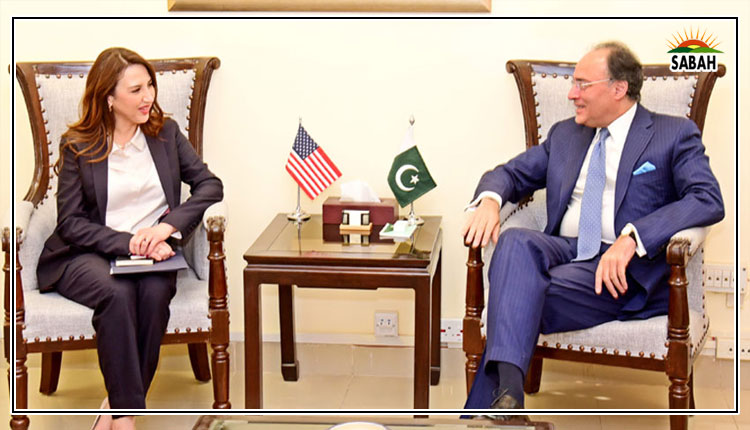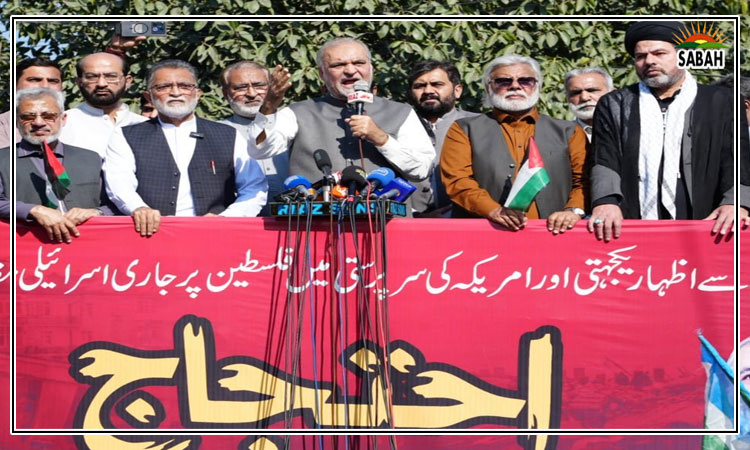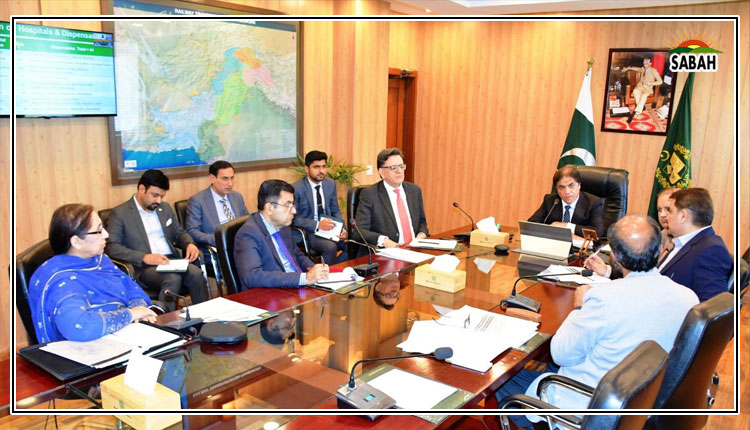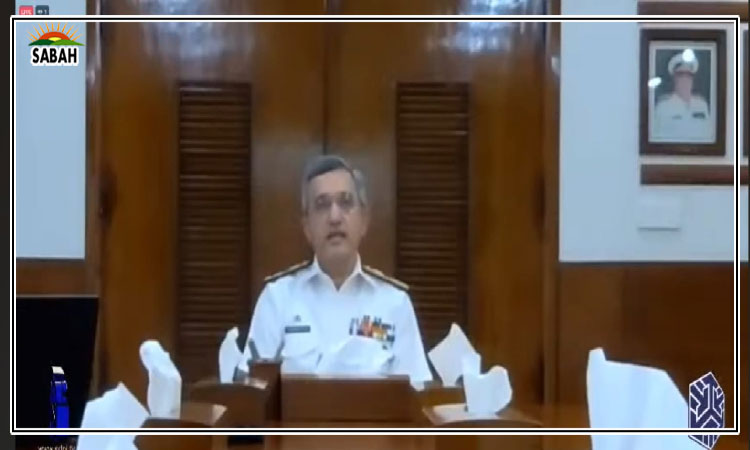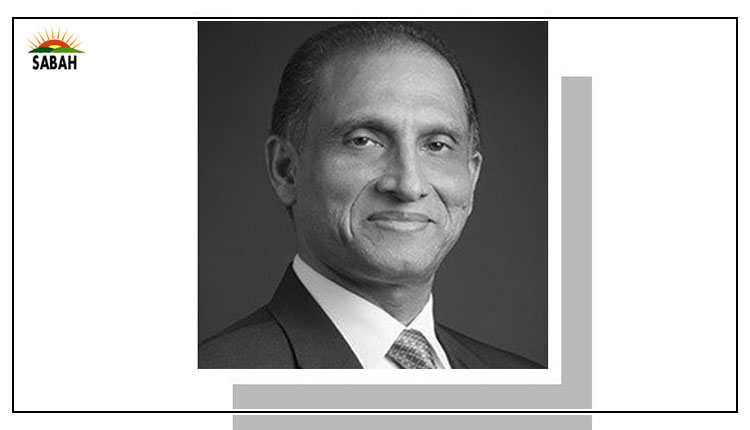75 years of Nato …. Aizaz Ahmad Chaudhry
AT the Nato Summit in Washington this month, marking 75 years of the alliance’s existence, the Russia-Ukraine war dominated discussions. The summit declaration condemned Russia for its “brutal war of aggression” against Ukraine, and its “irresponsible nuclear rhetoric and coercive nuclear signalling”.
Expressing full solidarity with Ukraine, Nato’s 32 members pledged long-term security assistance for Ukraine, including a new baseline funding of 40 billion euros within the next year. Nato has deployed combat-ready forces on its eastern flank; over 500,000 forces are in high readiness. The declaration also announced that “Ukraine’s future is in Nato” and the alliance would take further steps to support Ukraine’s “irreversible path to full Euro-Atlantic integration”.
The Nato-Russia rivalry goes back to the time of the Cold War between the US and Soviet Union. Nato was born on April 4, 1949, when 12 countries from Western Europe and North America came together in Washington, D.C. to sign the North Atlantic Treaty. Under Article 5 of the treaty, the members committed to defend each other through political and military means and counter the threat posed by the Soviet-led communist world. President Harry S. Truman’s historic address to the US Congress in March 1949 is noted as the start of the Cold War.
Moscow reacted by forming a political and military alliance between the Soviet Union and East European states — the Warsaw Pact of 1955. A bitter rivalry ensued, which ended only with the dissolution of the Soviet Union in 1991. Nato recalibrated its mandate and began expanding eastwards, much to the discomfort of Russia, the Soviet Union’s successor state. To pacify Russian concerns, a Nato-Russia Permanent Joint Council was formed in 1997, and Russia was admitted to G7, making it G8. However, Russia’s leadership, particularly President Vladimir Putin, had concerns that Nato wasn’t sensitive to Russian security needs and was violating its commitment not to move “an inch eastwards”. Some Western scholars have argued that this commitment was only discussed but never agreed. However, Moscow’s main concern, that lethal missiles should not be deployed in states bordering Russia, was never addressed.
Nato-Russia rivalry goes back to the time of the Cold War.
When Russia annexed Crimea in 2014, Nato suspended cooperation with Russia and started deploying multinational battlegroups in the Baltic states and Poland. In February 2022, Russia invaded Ukraine. The Nato countries declared Russia “a direct threat to Euro-Atlantic security” and decided to lend full support to Ukraine’s war effort. However, fearing global escalation, Nato chose not to deploy its own troops in Ukraine.
After the summit, the Nato secretary general announced that four additional battlegroups had been deployed in Bulgaria, Hungary, Romania, and Slovakia. As if to provoke Russia further, Bosnia, Georgia and Ukraine were also recognised by Nato as “aspiring members”. The summit declaration affirmed an “ironclad” commitment that every inch of allied territory would be defended as per Article 5 of the treaty.
A notable feature of the summit was a commitment by Nato members to strengthen partnerships in the Asia-Pacific. Four non-Nato countries (Australia, Japan, New Zealand and South Korea) were invited to the summit as “Indo-Pacific partners”. Will Nato expand its ambit to the Indo-Pacific region? The summit declared that “Indo-Pacific is important for Nato given that developments in that region directly affect Euro-Atlantic security”.
While the summit declaration criticised China for being “a decisive enabler of Russia’s war”, it made no reference to India, even though India has maintained close economic and military ties with Russia and Prime Minister Narendra Modi’s recent visit to Moscow coincided with the Nato summit. Some American analysts have argued that the Indo-Russia relationship serves as a “modest check” on a growing Russia-China partnership.
As for financing of Nato operations, the Wales summit in 2014 had decided that each member state would spend at least two per cent of its GDP on defence. However, nearly one-third of Nato members have still not met this commitment. US leaders, particularly Donald Trump, have often admonished Europeans for not paying enough for Europe’s defence.
As per Nato’s website, the alliance seeks to promote democratic values, cooperate on defence and security-related issues, and undertake crisis management operations. This is a mandate broader than the one Nato had started out with. Nato appears to have become an instrument in the hands of the US-led West to assert its dominance over the world order. Since major centres of power have emerged in Asia, particularly China, Nato’s further political and military involvement in Asia Pacific cannot be ruled out.
The write is a former foreign secretary and chairman of Sanober Institute, Islamabad.
Courtesy Dawn, July 21st, 2024


